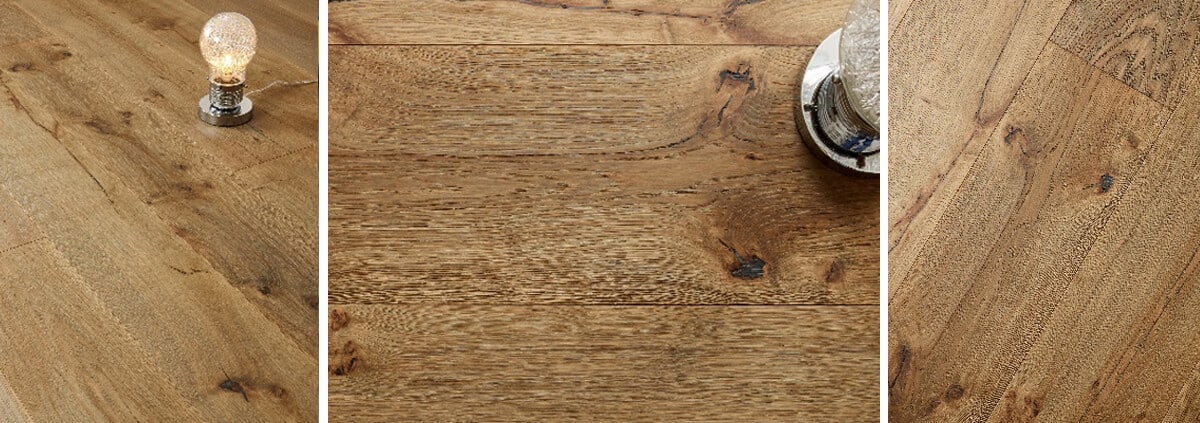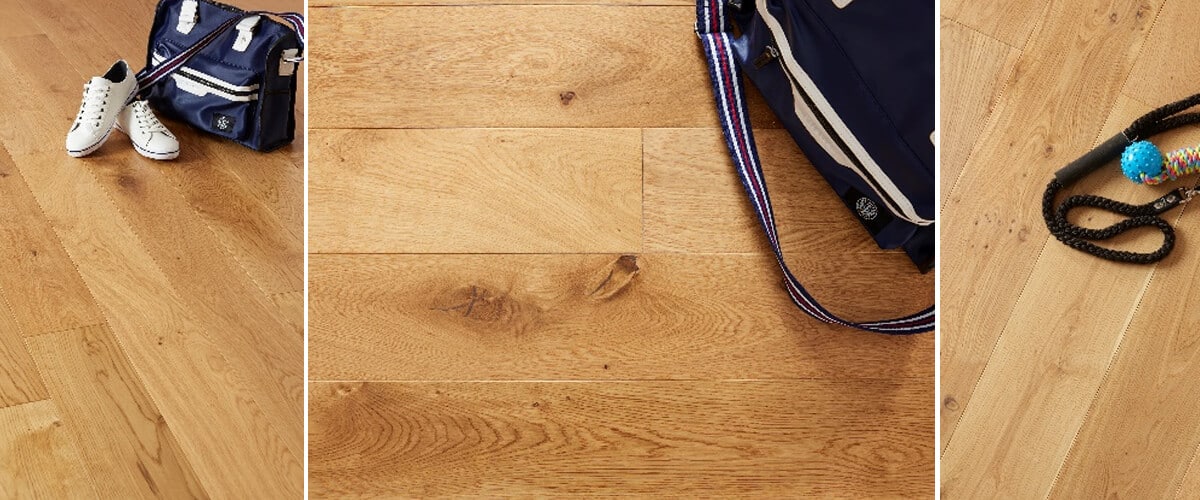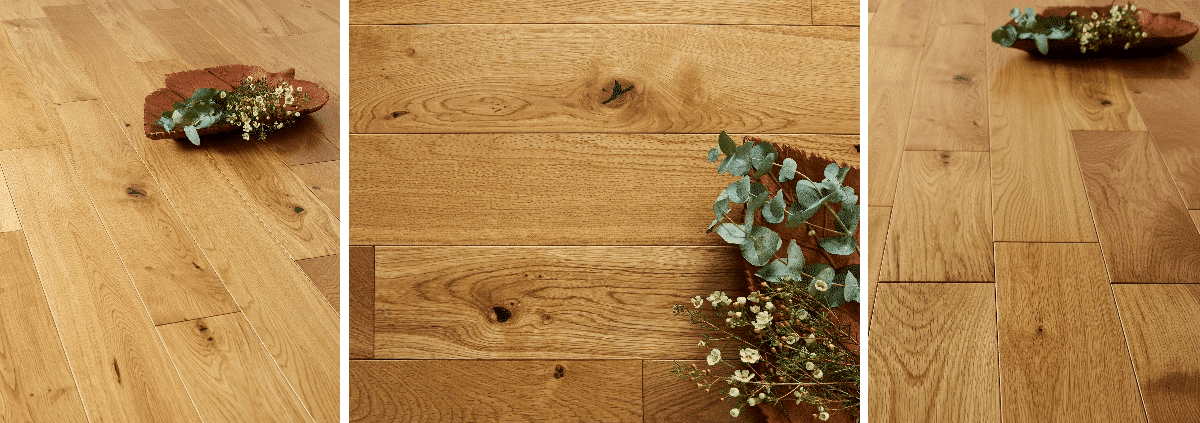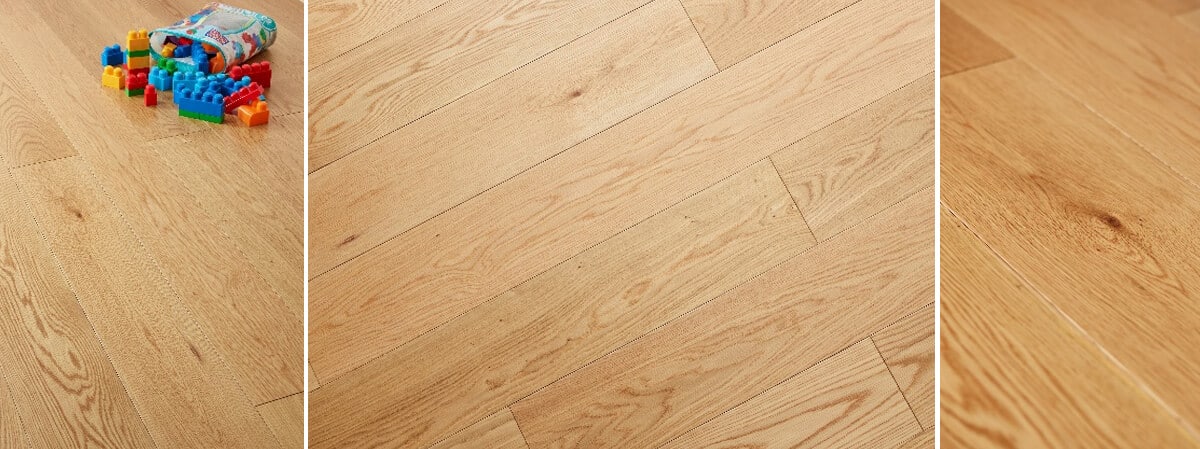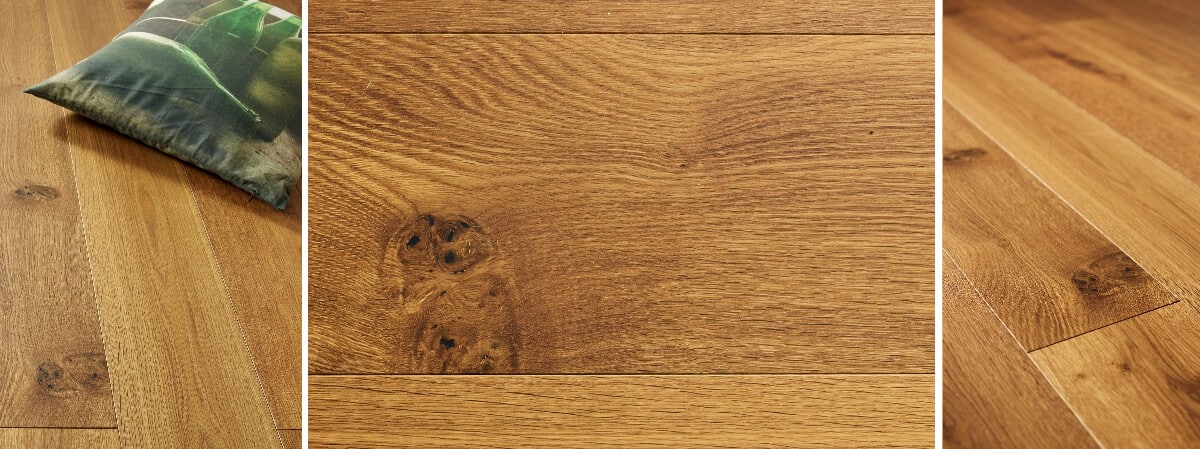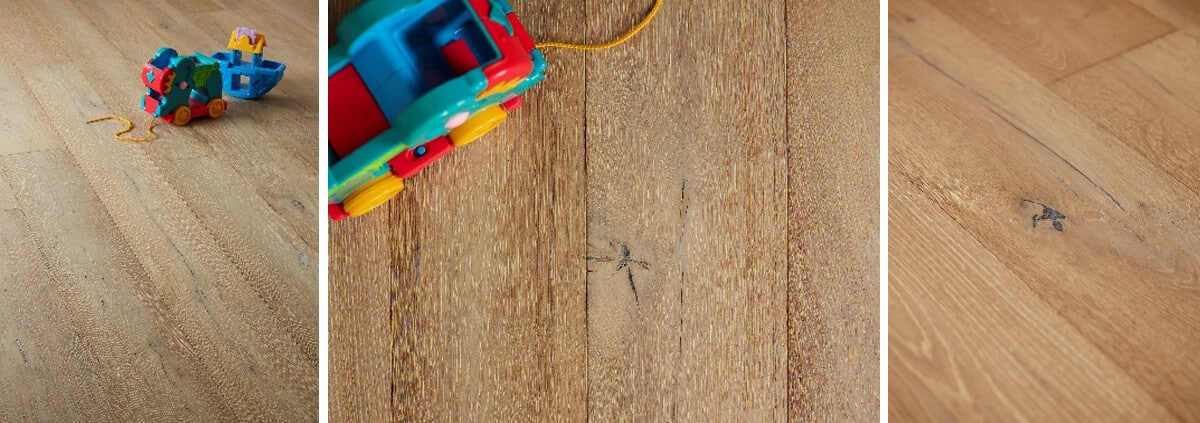Staining wood floors: 7 expert tips you need now
Why staining wood floors matters in the local context
In the local market, wood flooring choices are influenced by climate, humidity, foot traffic, and design trends. The UK climate can cause seasonal expansion and contraction in timber, which affects stain absorption and finish longevity. Proper preparation and compatible finishes help ensure stability and an even appearance across rooms. Our guidance references practical, regional considerations for projects in the nationwide service area, including high-traffic commercial spaces and residential settings. Learn more about our regional projects on our Our Work page.
FocusKeyword: Staining wood floors
The process of staining wood floors transforms natural timber into a desired color and depth, enhancing grain patterns and character. Staining is commonly paired with protective topcoats to seal the surface and resist wear, moisture, and UV exposure. When selecting a stain, consider color family, opacity, and the room’s lighting conditions to achieve a durable, aesthetically pleasing result. Explore compatible floor products in our range, including Loch Rannoch Multi-Ply Flooring and Haro Engineered Flooring to see how base materials influence final color depth.
Key considerations before staining
- Wood species and grade influence stain take-up and color evenness.
- Existing finishes may require stripping or scuff sanding for proper adhesion.
- Humidity and temperature affect drying times and cure strength.
- Desired appearance (transparent, semi-transparent, or solid color) guides stain choice.
- Ventilation and safety procedures protect workers and occupants during application.
Stain options and finishes
There are several stain families and finish systems to consider. Each option has trade-offs in appearance, durability, and maintenance needs. Our recommended product families align with regional requirements and are showcased in our product pages, including Loch Achray Multi-Ply Flooring and Barn Multi-Ply Flooring.
- Oil-based stains: Penetrate the wood for rich color and warmer undertones. They typically require longer cure times and emit stronger odor during application.
- Water-based stains: Low odor, quicker dry times, and easier cleanup. They often produce crisper color but may raise the wood grain slightly, necessitating light sanding between coats.
- Alcohol-based stains: Fast-drying and can yield striking color shifts; best used by experienced professionals due to rapid set times.
- Gel stains: Excellent for blotch-prone woods, offering more control over color absorption and a more uniform appearance.
Finish types after staining matter for durability and maintenance. Common choices include polyurethane (oil or water-based), penetrating oil, and aluminum oxide-fortified finishes for commercial environments. Each finish interacts with the stain to deliver different wear resistance and aesthetic outcomes. See our Herringbone Solid Solid and Herringbone Chalfield Multi-Ply Flooring lines for examples of how finish choices complement patterns.
Color theory and design considerations
Color affects room mood and perceived space. Lighter stains brighten small rooms; darker tones add drama and hide minor imperfections. In open-plan spaces, ensure consistent color across adjoining rooms to maintain flow. For flooring exposed to natural light, consider hues that resist yellowing or fading over time. Our design guides illustrate color pairing with natural oak and engineered options in our blog.
Preparation steps for staining wood floors
Proper prep is critical. Skipping steps can lead to blotchiness, adhesion failures, and uneven color. Here are the essential stages:
- Assessment: Inspect for cracks, repairs, and previous finishes that may require adjustment.
- Cleaning: Thoroughly remove dust, oils, and residues with a vacuum and tack cloth.
- Sanding: Use progressively finer grits to create a smooth surface. For softwood or stairs, a finer final pass reduces scratch marks that affect color uptake.
- Filler and repair: Fill gaps and cracks to minimize uneven absorption and color variation.
- Dust containment: Ensure containment to protect occupants and adjacent spaces from dust during sanding and staining.
- Test area: Apply a small amount of stain in an inconspicuous location to preview the final color.
Application techniques for even staining
Apply stain in controlled, even coats to avoid lap marks and blotching. The technique depends on the stain type and wood species. Common methods include:
- Rag or brush strokes for oil-based stains: Apply with a clean cloth or brush, working with the grain and wiping off excess to control depth.
- Pad or roller for water-based stains: Use a quality synthetic pad or microfiber roller to achieve even coverage and reduce streaks.
- Wipe-on method for blotch-prone woods: Build color gradually to maintain even absorption.
Spacing and environmental conditions matter. Maintain consistent temperature and humidity, using fans or heaters as needed to promote uniform drying. Allow proper cure times between coats as specified by the stain and finish manufacturers. For more guidance on techniques, consult our installation services page at Wooden Floor Installation.
Topcoats and protection after staining
Choosing the right topcoat is essential for durability in high-traffic zones and commercial spaces. Options include:
- Oil-based polyurethane: Excellent durability, long-term protection, and a warm sheen but with higher odor and longer cure times.
- Water-based polyurethane: Low odor, quick drying, and clearer finish that preserves the stain color but may be less abrasion-resistant in some scenarios.
- Aluminum oxide and hybrid finishes: Enhanced scratch resistance and stability for commercial environments.
Apply multiple thin coats, following manufacturer instructions for sanding between coats to achieve a smooth, durable surface. Lightly sand between coats to minimize dust nibs and ensure adhesion. See our related product samples in the blog for additional finishing ideas.
Maintenance of stained wood floors
Proper maintenance preserves color and finish longevity. Practical steps include:
- Use felts under furniture legs to prevent denting and scratching.
- Maintain humidity levels to minimize wood movement that can impact finish integrity.
- Clean with pH-balanced cleaners designed for finished wood and avoid harsh solvents.
- Place mats at entryways to reduce tracked-in grit that abrades the surface.
- Recoat when wear is visible or every few years in high-traffic spaces to maintain protection and color depth.
Common mistakes and how to avoid them
- Under-prepping or skipping sanding leads to blotching and uneven color.
- Choosing a stain without testing can result in color dissatisfaction.
- Applying thick coats causes longer cure times and finishes that remain tacky.
- Inadequate ventilation can create health and odor issues for occupants and workers.
Local considerations: UK and city-specific insights
Nationwide Hardwood Flooring Company serves customers across the UK, including urban centers and suburban locations. In major cities, high traffic and commercial requirements demand durable finishes and prompt service. Local hotspots often include historic town centers with older oak floors that respond differently to staining due to wood age and prior finishes. When working in inland and coastal areas, humidity and temperature swings can influence stain absorption and drying times. We tailor recommendations to local conditions and project scopes. For more on our UK reach, see About.
About Nationwide Hardwood Flooring Company
Nationwide Hardwood Flooring Company is a trusted provider of hardwood flooring solutions. We offer a range of products including engineered hardwood options, herringbone and chevron patterns, and customized floor installation services. Our team emphasizes quality, durability, and customer satisfaction. Contact details: tel 07940 528 315, email enquiries@nhfcompany.co.uk.
Case study-free approach: what we do and don’t claim
We do not fabricate case studies or testimonials. Instead, we present best practices, product information, and practical workflows that professionals can adapt to their own projects. Our guidance is grounded in industry standards and verified supplier recommendations to help you achieve reliable staining results.
Local hotspots and interesting facts about the location
Explore local culture and geography when planning flooring projects to enhance design decisions. Nearby landmarks, historic districts, and notable parks can influence interior design aesthetics and color choices that complement regional architecture. When selecting finishes, consider local lighting and architectural styles to ensure the floors harmonize with the surroundings.
Frequently asked questions
- Which stain is best for oak floors in a high-traffic area?
- How many coats of polyurethane are recommended for commercial spaces?
- Can I stain over an existing finish?
- What is the typical cure time before furniture can be placed on the floor?
- How do I select a stain that minimizes blotching on softwoods?
Conclusion
Staining wood floors is both an art and a science. By selecting the right stain, preparing the surface thoroughly, applying coats evenly, and choosing a durable topcoat, you can achieve a color that enhances the natural beauty of timber while delivering lasting performance. Nationwide Hardwood Flooring Company is ready to partner with you on your staining project, providing guidance and professional installation services that align with your design goals and budget.
See also
For related topics, explore our resources on Engineered Timber Floors, Herringbone Oak Flooring, and Solid Oak Flooring to understand how different materials and patterns interact with staining and finishing choices. Visit our product pages such as Loch Tay Multi-Ply Flooring and Herringbone Eastbury Multi-Ply Flooring for practical examples of how finish and stain combinations appear in real installations.



